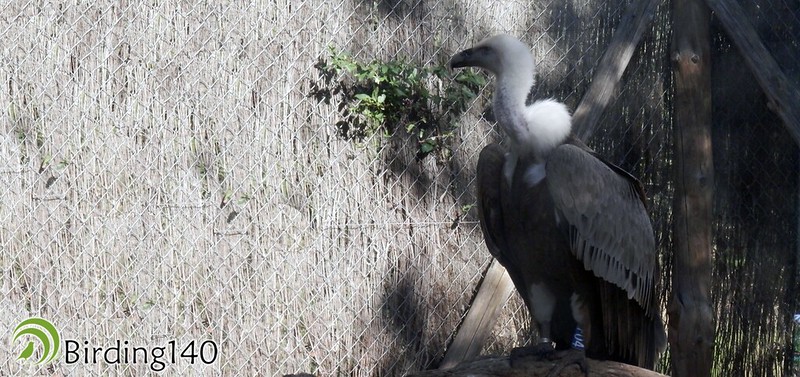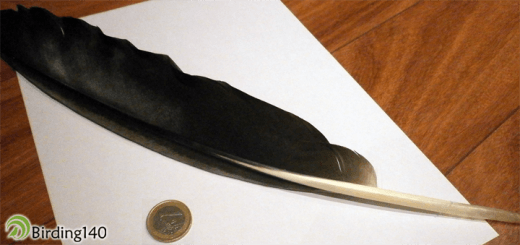The three vulture species that live in India —the Indian Vulture, the White-backed Vulture and the Slender-billed Vulture— are endangered today. However, only 15 years ago they had a population of over forty million specimens. You might wonder: What is the reason for such decline? The loss of their habitat? The competition with invasive species? Massive hunting? No, vultures haven’t disappeared for any of these reasons.
Indian Vultures are on the brink of extinction because they have been poisoned by humans. Carrion birds play an important sanitary role by eliminating the rests of dead animals from the fields and consequently avoiding the spread of diseases. In India they are even sacred for some minority religions.
The enemy of Indian Vultures is called Diclofenac (also known as Voltaren). In principle, this substance is not a poison, but a medicine. It is an anti-inflammatory designed for humans which started to be used on cattle slightly over 15 years ago. When a Diclofenac-treated animal dies on the field and becomes food for the vultures, a real slaughter is carried out. A few hours later, the vultures that fed on the animal will suffer an acute kidney failure that will cause their death. If we consider that the corpse of just one animal can serve as nourishment for dozens of vultures, the result is devastating: tens of millions of vultures dead in hardly 15 years.
India ended up forbidding the veterinary use of Diclofenac in 2006. However, it might be too late for Indian Vultures: their population has been reduced by 99 % and it may never recover.
There are four carrion bird species in Europe: the Griffon Vulture, the Cinereous Vulture, the Egyptian Vulture and the Bearded Vulture. 90 % of the population of these species lives in Spain, the last European refuge for these birds. During the last decade, thanks to the great efforts and the money invested, the population of carrion birds has been slightly increased in Spain. In the case of the Griffon Vulture, it has increased considerably, giving hope to the reintroduction projects for carrion birds in other European countries where there were formerly large populations. As a part of these efforts, a reintroduction in the Pyrenees has started, with the aim of establishing a natural passage that connects the healthy Spanish populations with the meagre populations in the rest of Europe.
While in India, Pakistan and Nepal the use of Diclofenac has been forbidden, and several African countries have refused to authorise its use as a preventive measure, the threat arrives now in Europe. Italy and Spain, two countries seriously affected by the economic crisis, have started to authorise veterinary medicinal products that contain Diclofenac, as they are cheaper than less harmful products for birds like Meloxicam. The situation is particularly serious in Spain, where the Spanish Agency for Medicines and Health Products (AEMPS) has authorised the use in animals of two medicines containing Diclofenac. If their use is generalised, the carrion bird population could go into decline in this country, the only one in Europe with a large population. In the medium term, it may result in the total extinction of European vultures. We hope for the success of the initiatives to request the prohibition of veterinarian use for Diclofenac to the European Union. Meanwhile, we will have to keep wondering whether European vultures will suffer the same fate as Asian vultures.












